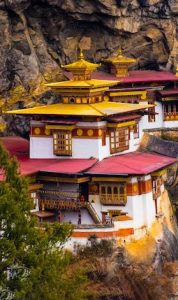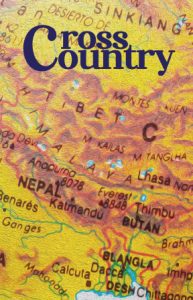DESTINATION
BHUTAN

bhutan oddyssey
bhutan oddyssey
Nepal | punAKHA

bhutan oddyssey
Bhutan Thunder Dragon Tour
Nepal | Paro- Thimpu- Punakha- Paro

bhutan oddyssey
Heart of Bhutan
Nepal | Paro-Punakha-Tiger's Nest Monastery

bhutan oddyssey
08 DAYS 09 DAYS – BHUTAN SHORT TREKKING
Nepal | Paro-Thimpu-Gangtey-Punakha-Chele la Pass

bhutan oddyssey
Touching Gangetey
Nepal | Paro-Thimpu-Punakha-Gangtey-Paro
EXPERIENCE
Wellness

bhutan oddyssey
bhutan oddyssey
Nepal | punAKHA
Cultural

bhutan oddyssey
Heart of Bhutan
Nepal | Paro-Punakha-Tiger's Nest Monastery

bhutan oddyssey
08 DAYS 09 DAYS – BHUTAN SHORT TREKKING
Nepal | Paro-Thimpu-Gangtey-Punakha-Chele la Pass

bhutan oddyssey
Touching Gangetey
Nepal | Paro-Thimpu-Punakha-Gangtey-Paro
Spirituality

bhutan oddyssey
Heart of Bhutan
Nepal | Paro-Punakha-Tiger's Nest Monastery

bhutan oddyssey
08 DAYS 09 DAYS – BHUTAN SHORT TREKKING
Nepal | Paro-Thimpu-Gangtey-Punakha-Chele la Pass

bhutan oddyssey
Touching Gangetey
Nepal | Paro-Thimpu-Punakha-Gangtey-Paro
ITINERARY TAG
Travellers' Choice

bhutan oddyssey
Heart of Bhutan
Nepal | Paro-Punakha-Tiger's Nest Monastery

















